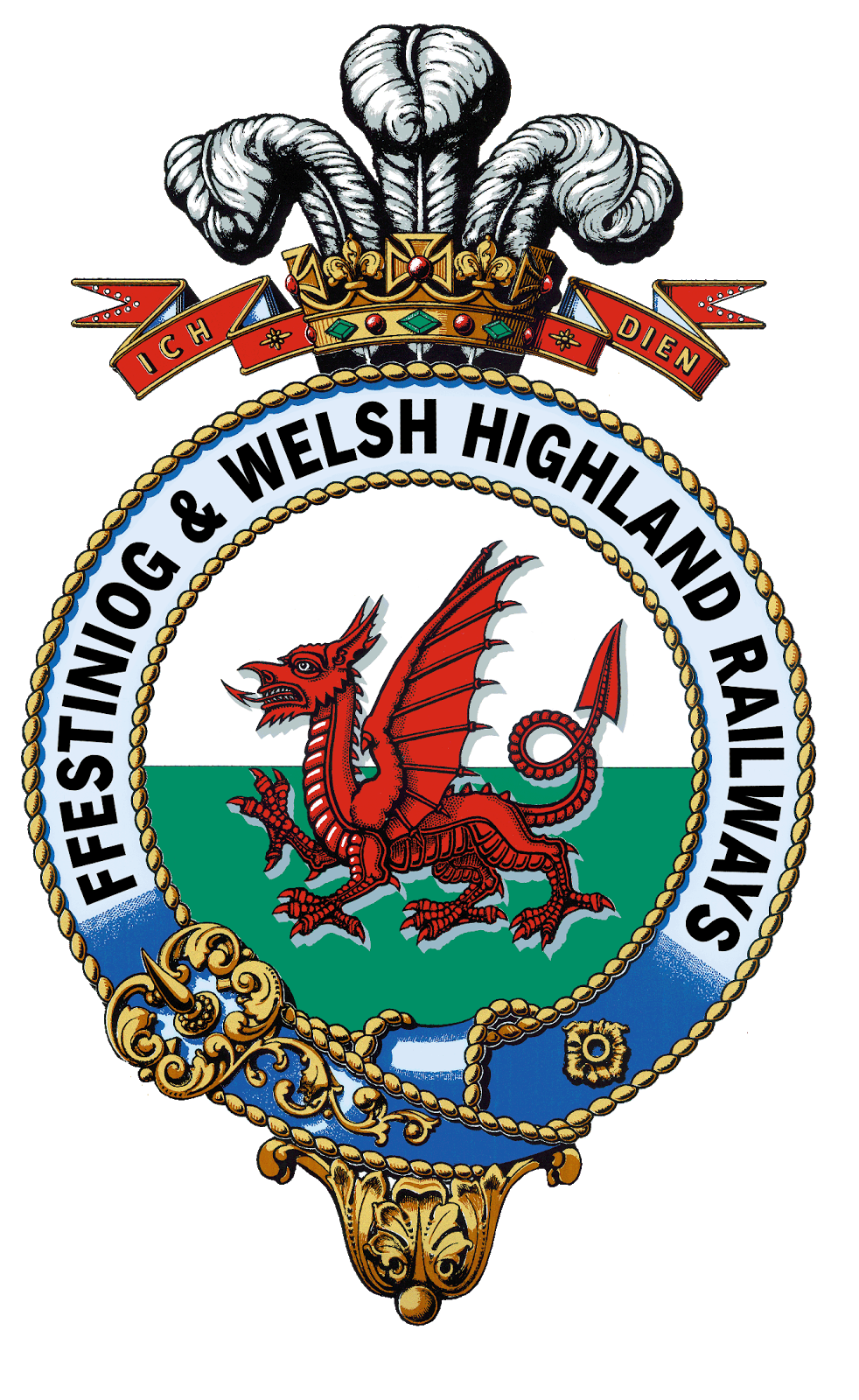I sometimes think that every exhibition layout needs a novelty feature or something to wind-up the punters.
On
Dduallt this requirement has been met by the gravity slate train which always gets plenty of reaction from the viewers and provides the perfect opportunity to pull a few legs. Some people really don’t know whether to believe us or not when we respond to their enquiry about how it’s powered with the answer:"Why, Gravity of course." (Our layout of the spiral has a very severe and obvious gradient, you see.)
The incomplete
Bron Hebog has only had a couple of exhibition appearances but it was easy enough to tease a reaction out of the audience by giving
Russell a run out and soon enough someone would mutter: “Oooh, controversial!”.
However, with the recent thaw in relations between the FR and Welsh Highland Heritage Railway I don’t think the historic Hunslet is going to retain its abilty to shock for much longer. It can only be a matter of time before it appears back on
WHR(C) metals.
So I’ve been looking around for something else to ‘get them going’ and I think its time to bring on the ‘Parry People Mover’.

The PPM was a lightweight railcar which had a brief career on the WHR in 1999 when line was open between Caernarfon and Dinas only.
This hybrid railcar was powered by a large flywheel underneath the vehicle which was revved up by an external power source, in this case a low-horsepower LPG engine, which charged the flywheel as required.
(A standard gauge version has been used for a while now on the Stourbridge branch in England with the units designated as 139’s.)
It was passed by HMRI for public use and ran a few public trips before the gearbox consumed its innards and it skulked at the back of the carriage shed for a time (where I photographed and ran a tape measure over it) before it was sent back the manufacturer, never to return.

So a PPM never has been seen at Beddgelert, and one wonders whether a machine designed for urban tramways would have been able to haul itself up the long climb to the summit at Rhyd Ddu without frequent stops to ‘spin up’, but there’s no harm in using a little modeller’s licence, is there?
You can question, too, whether passengers would be too enthusiastic about the rather spartan interior on a longer run. The railcar was registered to carry 30 passengers but there were only (bus) seats for about half of them.

My PPM project’s still at the ‘thinking about it’ stage of development, but I reckon I should be able to make the bodyshell out of styrene in my usual way and I’ll probably use a Kato tram chassis. So just a boring old dc motor rather than a fancy flywheel arrangement!
If you’re interested in finding out more about Parry People Movers the company has a
website














































